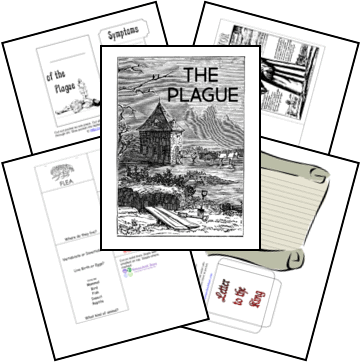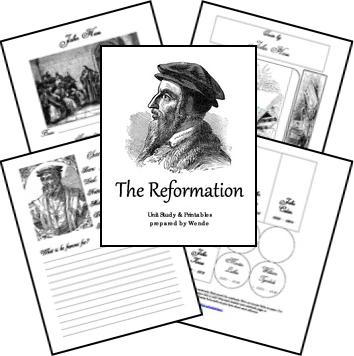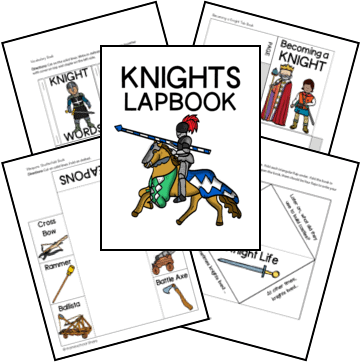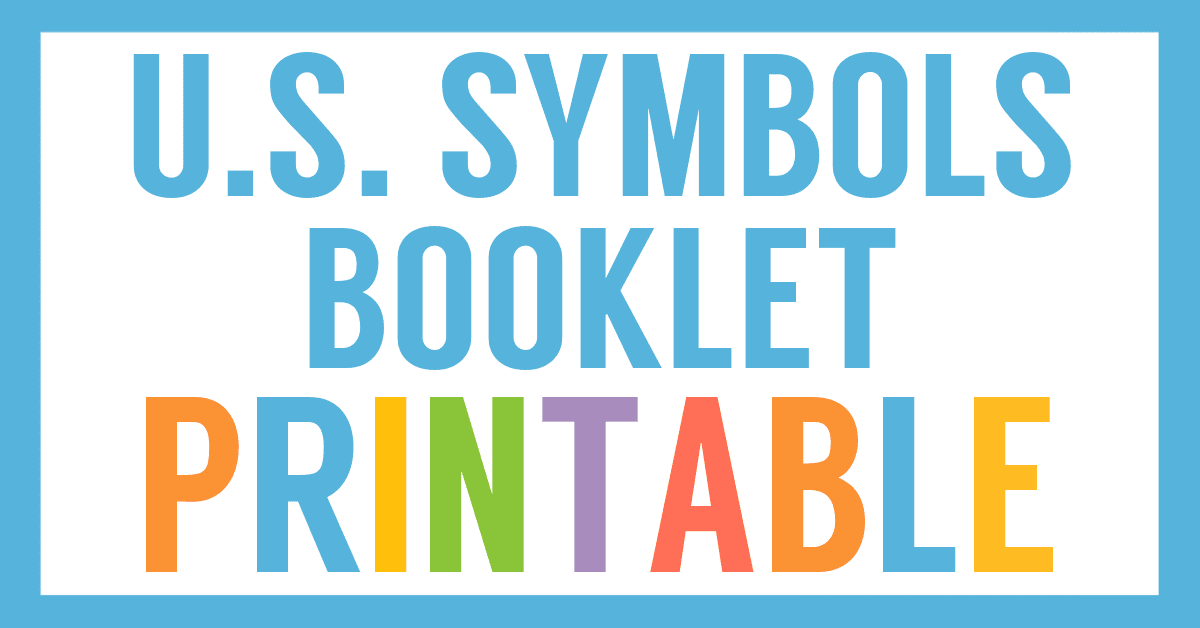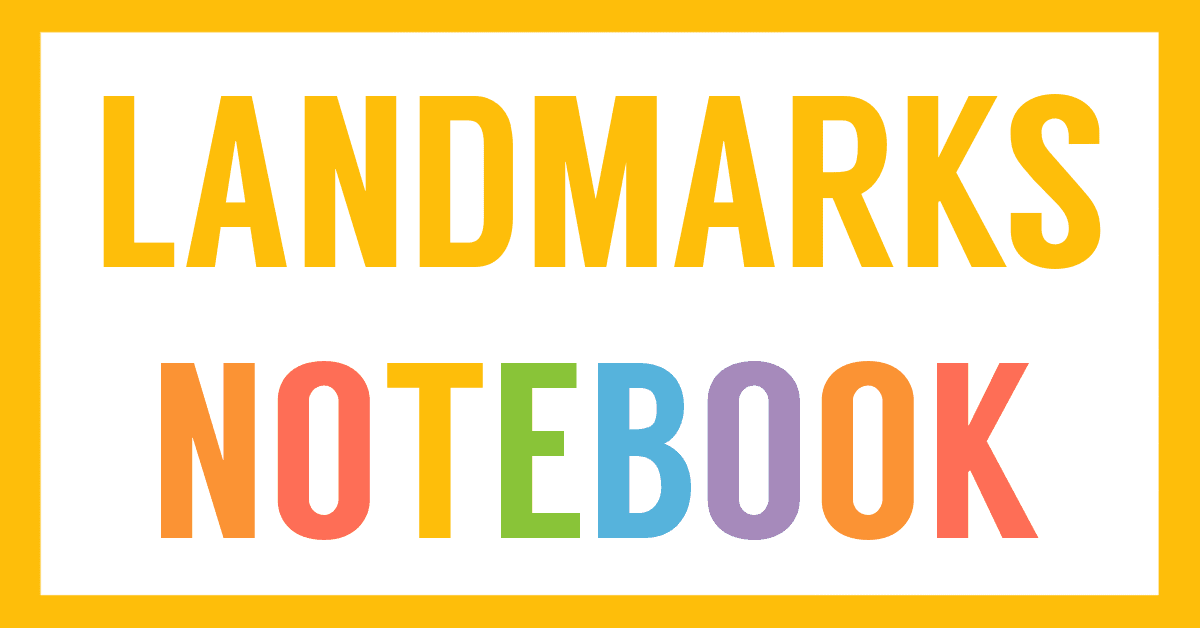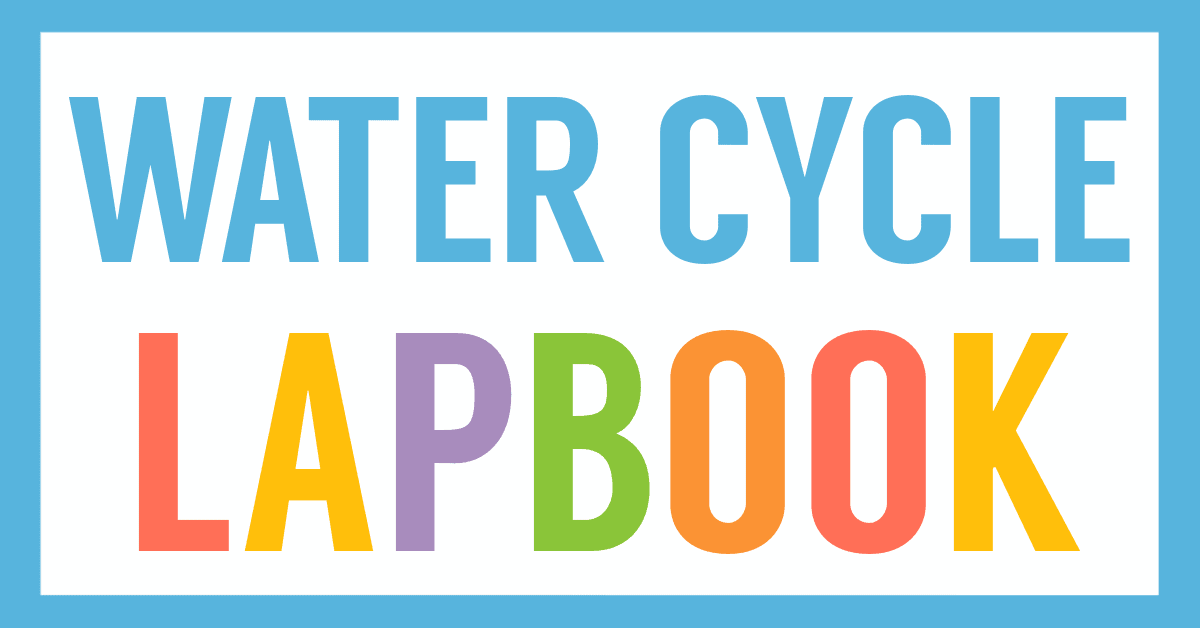Affiliate Disclaimer
We sometimes use affiliate links in our content. This won’t cost you anything, but it helps us to keep the site running. Thanks for your support.
I know what you’re thinking. Why on earth would we have a unit study devoted to the plague? I mean it sounds terrible and unfun and terrifying: the Black Death, the Black Plague, the Bubonic Plague. Yikes.
However, the plague was an important historical event. In spite of the devastation, there were some good things to come out of the Plague. For one, it brought the end to the feudal system. Because workers were so scarce, the surviving serfs could get a job anywhere they wanted. This took a lot of the power away from the feudal lords, as the serfs were now able to gain wealth elsewhere. Secondly, it opened eyes about public health and medical science. Diseases, treatments, proper hygiene, and anatomy were more closely studied. The Church lifted the ban on autopsies, so now doctors could better understand the human body by studying cadavers (dead bodies). And lastly, people started to take their spirituality and eternity more seriously, developing personal relationships with God apart from the state Church. This helped lead to the Reformation.
Thanks to Wende for writing the lessons for this The Plague unit study.
You don’t need any books for this unit, but here are a few you could read to enhance your study:
- The Door in the Wall by Marguerite de Angeli
- When Plague Strikes by James Cross Giblin
The Plague Unit Study Lessons
Here are some sample lessons from the The Plague Unit Study.
How Was It Spread?
The Plague was thought brought to Europe from the east, spread by flea infested rats on merchant ships. Sometimes there were no survivors at all when the ships ported. The disease was then spread person to person by contact through touch and droplets sprayed from lungs and mouth.
When and Where Did It Spread?
The disease arrived in Venice, Italy in 1347 and then spread clockwise around Europe, hitting France, Spain, England and Britain, Germany, Scandinavia and finally northwestern Russia around 1351. To put this in perspective, the Middle Ages began in 476 A.D. and ended in 1492.
You can grab a copy of the entire The Plague Unit Study and Lapbook in an easy-to-print file at the end of this post.
The Plague Lapbook Printables
This unit study contains short lessons and corresponding mini-books for each lesson.
- Names Shutterfold
- Vocabulary Flap Book
- How Was the Plague Spread? Matchbook
- Plague Map Shutterfold
- Black Death Timeline Accordion
- Number of Deceased Wheel
- Symptoms of the Plague Pull-tab
- Kill or Cure Tab Book
- Plague Doctor Simple Fold
- Devastation Mini-book
- Plague! What Is It Good For? Flap Book
- Flea Layer Book
- Rat Layer Book
- Letter to the King Pocket & Scroll
- “Ring Around the Rosy” Copywork
How to Get Started with Your Free The Plague Unit Study & Lapbook
Follow these simple instructions to get started with the The Plague Unit Study:
- Print the The Plague unit study.
- Choose the lessons you want to use with your student (a highlighter works great for this).
- Choose and prepare the lapbook printables you want to use with your student.
- Start learning all about The Plague.
Get Your Free The Plague Unit Study & Lapbook
Simply click on the image below to access your free The Plague Unit Study and Lapbook.

